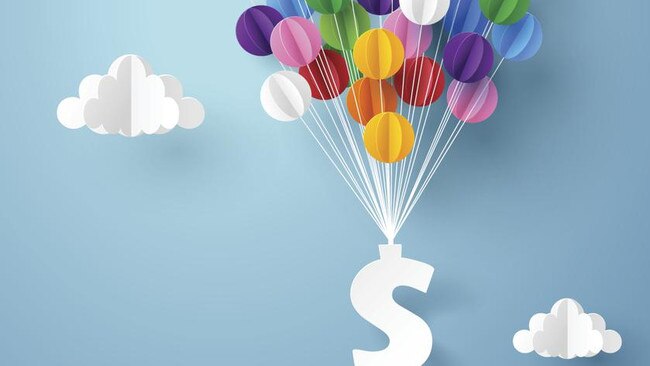What new inflation numbers mean for your mortgage, money and job
CPI inflation is again higher than expected, despite government efforts to artificially lower it. Here’s what it means for you.
Inflation’s heading in the wrong direction for millions of individuals and business owners struggling under high interest rates, and its impact will be broader than just on borrowers.
Prices are going up again, albeit slightly, with April’s monthly Consumer Price Index indicator figure of 3.6 per cent up from 3.5 per cent in March, which itself was up from 3.4 per cent in February.
The new Australian Bureau of Statistics inflation figures reveal that housing rents have risen 7.5 per cent in the past year, insurance and financial services costs are up 8.2 per cent, automotive fuel jumped 7.4 per cent, health rose 6.1 per cent, education climbed 5.2 per cent, and tobacco increased 13 per cent.
All those price rises are well above the Reserve Bank of Australia’s 2-3 per cent target band for inflation, and the latest 3.6 per cent figure would have been worse if not for Labor’s energy relief handed out to lower-income households last year.
KPMG says while electricity prices roses 4.2 per cent in the year to April 2024, without the bill relief they would have increased by 13.9 per cent.
Labor’s attempts to manufacture lower inflation will step up a notch from July when it gives every household a $300 energy bill rebate, regardless of their income level, but economists fear this will increase underlying inflation as people have more to spend.
Political shenanigans aside, this lingering high inflation’s impact is far-reaching.
Debt
Interest rates show no signs of dropping soon, and the Reserve Bank actually discussed rate rises rather than rate cuts at its recent meeting.

If CPI remains near these levels, don’t expect any rate cuts. Economists are already pushing back their forecasts of the first RBA cut not arriving until 2025 – much later initial hopes of mid-2024.
Home loan repayment costs have surged more than 60 per cent since mid-2022 thanks to 13 RBA rate rises. If you have debt, don’t expect rate relief, and have a backup plan in case rates start rising again.
Money
Higher-for-longer interest rates are good news for savers and retirees who are enjoying the highest deposit interest rates in almost 12 years.
And the federal government’s budget decision to keep the deeming rate frozen at 0.25 per cent for the first $60,400 a pensioner has in financial assets, so their income is assessed to be much lower than it is in reality, keeps the good times rolling for many with big bank deposits.
Savings specialists say it’s vital to shop around for the best deposit rates, because they fluctuate regularly. Small providers are fine and your money is safe because the first $250,000 in each bank account is guaranteed by the federal government.
Persistent inflation also means the prices of everything - from food to hardware to health care - keep climbing, and every dollar you have loses value.
Employment
If inflation and interest rates remain high, businesses will continue to struggle and that will mean more pressure on jobs.
Industries such as hospitality are already in crisis as consumers dramatically cut back their discretionary spending to be able to afford sky-high mortgages or rents. Business owners themselves are suffering from much higher lending costs.
CreditorWatch says one in every 12 hospitality businesses will fail within a year, and there has been a 69 per cent jump in businesses struggling to pay their invoices.
Only when consumers see interest rate relief will they put their hands back in their pockets with gusto, and that will only happen when inflation and interest rates fall.
Redundancies are rearing up across Australia, which means your employment is probably in its most precarious position since the pandemic.






To join the conversation, please log in. Don't have an account? Register
Join the conversation, you are commenting as Logout